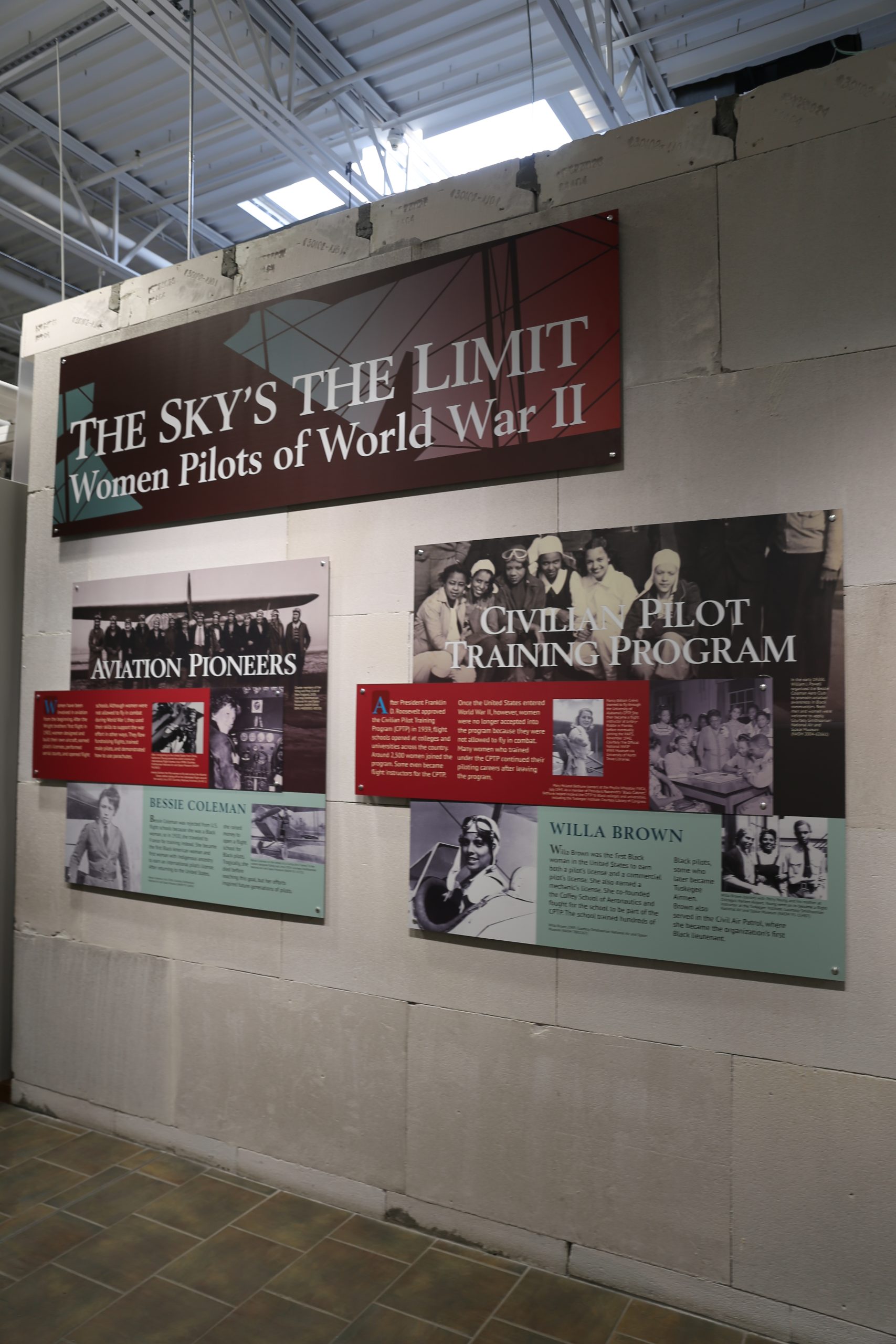On March 23, the Museum of History and Holocaust Education unveiled a new exhibit entitled “The Sky’s the Limit: Women Pilots of World War II,” showcasing important female pioneers of aviation during World War II.
Few know of the countless women who were among the country’s earliest aviation experts. This exhibit explores the stories of these pioneering pilots.
The exhibit starts with providing a strong background about what viewers will learn about. The first panel emphasizes that “women have been involved in aviation from the beginning” and though they “were not allowed to fly in combat during World War I, they used their skills to support the war effort in other ways.”
The next eight panels have a great amount of detail on topics ranging from the “Civilian Pilot Training Program” to the “Women’s Auxiliary Ferrying Squadron” to a panel on our very own Georgia pilots. Each of them was more detailed than the last.
The exhibit also displays many intriguing artifacts from the time period. In one display case, there is a jacket worn by Nancy Batson Crews, who earned her piloting license and served in the Women’s Auxiliary Ferrying Squadron and the Women’s Airforce Service Pilots. The display case also includes a World War II victory medal, an American campaign medal and the uniform cap to go with the jacket they would wear while flying.
Towards the end of the exhibit, there is an entire section about Cornelia Fort, the first woman pilot to die in service. It details her early life, her aviation career and how her legacy of courage and commitment has an impact on women’s history still today.
The section also includes a display of her Women’s Auxiliary Ferrying Squadron leather flight jacket, a shell lei necklace she obtained while working in Hawaii and her charm bracelet that she wore often.
In a letter to her mother, Fort wrote, “I loved the sky and the planes and yes, best of all, I loved flying. For it too was a deeply personal possession of the soul.”
It is important to acknowledge the work of women who came before us, as it is so often overlooked and goes uncredited. This exhibit greatly showcases the impact women had during this time, which goes way beyond World War II and is present in the way aviation is understood today.
For more information about this exhibit and the museum’s others, visit their website. The museum is open from 9 a.m. to 4 p.m. Monday through Friday and closed Saturday and Sunday.


